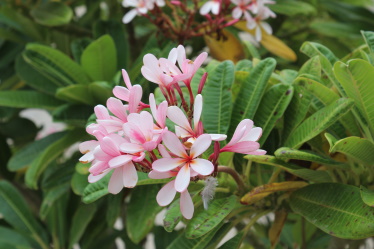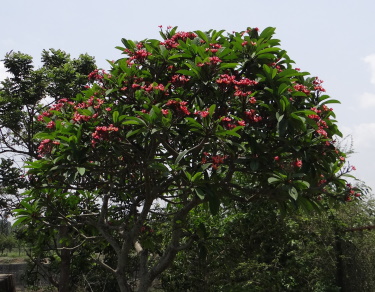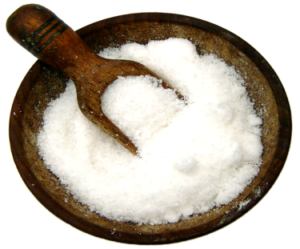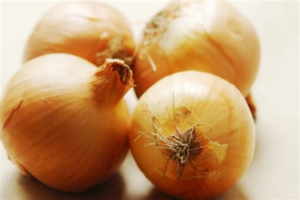
Plumeria is the fast-growing blossoms belonging from the family of Apocynaceae and consists of seven species who lose their leaves in the fall. They grow back in the spring, grows like a small tree in tropical regions with vibrant colors and incredible fragrance.
The flower has multiple shades of yellow, white, pink, and red with two or more shaded colors. These are also known as Lei Flowers and Frangipani. The height of the Plumeria tree can reach up to 20-25 feet tall and wide when grown in tropical climates.
Table of Contents
Types of Plumeria
The most known and cultivated varieties of Plumeria are mentioned below:
Plumeria alba
The common names for Plumeria alba are White frangipani, Singapore graveyard flower, or Singapore frangipani. The vase-shaped tree can grow up to 40 feet height, and of similar width, the flower of this tree is of white color with a yellow center, which is beautiful and has a fantastic fragrance.

It is used for decoration purposes, and the leaves are of 20 inches, which blossoms from summer to fall.
Fertile soil and full sun are ideals of Plumeria alba. It can endure soil types like clay and sand, but they should be well-drained. Poor soil can spoil the plant with root rot.
Nosegay (Plumeria rubra)
The tree of the nosegay grows or spread’s up to 15 to 25 feet tall and wide. These are of red and pink spectrum flowers with dark green leaves of 8 to 16 inches over the summer till spring. These are the best-known trees use for decoration and also for herbal medicine. They require a sufficient amount of water, fertile soil, and sunlight. In warm climates, the waxy flowers have five petals up to 4 inches in diameter and blossom throughout the year. In winter this tree will lose some of their leaves but produce new growth in spring.

Pagoda tree (Plumeria obtusa)
Pagoda tree is one the smallest of the two types. Its height is up to 10-15 feet and of similar width. It has five petals while the flower is white and has yellow throats. The leaves of the plant are about 20 cm with dark green color and have a shape like a teardrop. The tree grows best in full sunlight, fertile well-drained soil, and dry moisture, but it can also tolerate shade for few hours.
There is also another type of Plumeria which grows in a single trunk with many branches. The flowers are white and thin, having a strong smell of jasmine, looks like a broader star. The tree grows up to 25 feet in height, dropping leaves in winter, and regrowth happens in spring. By annual pruning, the size of the tree is easily controllable. The followers from spring to early fall. The tree can grow on the large container with well-drained soil, full sunlight, and a sufficient amount of water.
How to care Plumeria
Plumeria is a popular tropical plant with a fantastic and robust fragrance. They grow well in the warm tropics. The flower is produced in the garden as a small tree and needs full care. For Plumeria care, they require full sunlight of at least 6 hours a day. Sunburn can also happen to these plants. To avoid sunburn, these plants are put in the shady areas for some days, and then placed in the sunlight.
They tolerate windy and salty climates but must be protected from cold as they lose their leaves and flowers in a cold atmosphere.
They should be watered well and allow leaves to dry before watering them again. These plants need lots of water, especially in spring and summer, but it is better to prevent from over watering; otherwise, their stem will rot to death.
How to grow Plumeria
Plumeria mainly grows in tropical regions, but it is unnecessary to stay in tropical areas and wait for their growth to happen. You must be aware of its growing requirements so that it won’t be difficult for you. These plants can also be grown in the garden in the form of a small plant or an ornamental shrub.
They need enough sunlight to start their growing process. Also, the soil must be well-drained and must be acidic. As it cannot survive in the cold season, these plants should be protected and placed inside the house. They are even placed in bottles and containers and are supplied with all the growing requirements.
You have to choose the right location so that it may be easy for the plant to grow well. Their growth varies in different seasons, and they must be looked up again and again based on your zone. If you are planting plumerias in the ground, then you need an ample space so that the plant’s roots can have enough space to grow and develop well.
Bugs on Plumeria Plants
Plumerias must be taken care of; otherwise, they can get attacked by the bugs. Bugs include scales, which look like insects. These odd insects suck the fluid from the leaves of Plumeria and the other parts of plants. As a result, these plants get pale in color, have blemished leaves, and get wilted.
Another bug is called Mealybugs that are soft-bodied yellow-colored insects. They, however, do the same job as that of scales. The white flies suck the sap from these plants, but don’t kill the plants only weaken them. The caterpillars are the leaves eater, and they can eat large leaves every day.
Other pests damage these plants. For the prevention of these plants from the bug attack, the horticultural oil is sprayed. The infected leaves are removed and discarded. There are even insecticidal sprays, soaps, and different insecticides and pesticides for different bugs types i have a great post here for diy recipes. The Plumeria damage can cause various problems and also affect the other plants that are growing together in a field.
Plumeria Fertilizers
For the production of Plumeria fertilizers, the first and most essential thing that is required is phosphorous. Nitrogen is also required but not in a high amount. Due to the presence of nitrogen, the plant’s growth can easily take place without consuming much time. They do require acidic soil.
Due to continuous fertilization, the level of acid in the soil increases up to a great extent. To maintain the acidity of the soil, add some Epsom salts to the soil, which neutralize the acidic nature. If you want to keep the acidity low, then add 1 to 2 tablespoons every month.
If you simply provide the soil fertilizer in Plumeria’s fertilization, it can quickly meet the requirements, and thus get benefits slowly and gradually. For Plumeria care, water the plants regularly but don’t water excessively; otherwise, the nutrients may get washed away. Moreover, due to too much irrigation, the roots of the Plumeria can lead to rot. Make sure to let the soil dry before watering again.
A high phosphate organic plant fertilizer should be used for about once or twice a month in their active seasons, which are summer and spring, it will promote the flowers to blossom. These fertilizers are made explicitly for these plants and are easily available in the market (on line – big box stores). It is useful to spray liquid manure on their leaves in either evening or morning, as spraying them in mid-day can damage them.
Plumeria Fungus
The fungus has also attacked plumeria plants. The blacktip fungus is found on the growing branches of this plant. As a result of this fungus, the branches stop growing. Another fungus is powdery Mildew that forms the molds on the leaves, and it is a common fungal disease that is observed in most of the plants.
The black sooty mold forms black mold over the leaves of Plumeria. The fungus is caused due to white flies and thrips. Rust is caused by Coleosporium dominguense and Coleosporium plumeriae. It affects the leaves and looks like the red-orange pustules formed on the back of the leaves.
All these fungus attacks on Plumeria can be prevented by spraying the tree with a fungicide. Make sure to cut the affected branches so that the fungus does not spread all over the plant. Try to catch the fungal disease the first time it appears to prevent its spread.
Growing Plumeria in Pots
In the colder season, the plumeria plants can be grown in pots to keep them indoors. The pot must be broad enough so that the plant has adequate room to grow. There must be several holes in the pot to add the soil and to drain the excess water. Plumeria won’t grow well if there is not sufficient water in the soil.
[embedded content]
The soil must be fast draining and not allow water to seep in. Use coarse soil that drains adequately. The acidic PH of the soil must be maintained and around 6 to 6.7. Mix the soil properly with sand and with other organic materials like manure.
Summing up
The article provides you enough information regarding plumeria plants. If you have an interest in these flowers and want to grow and care for them, then you can get help from the content mentioned above. They are sensitive and must be taken care of with all the essential requirements for their growth. They bloom freely and have beautiful flowers that are best for your garden décor.



